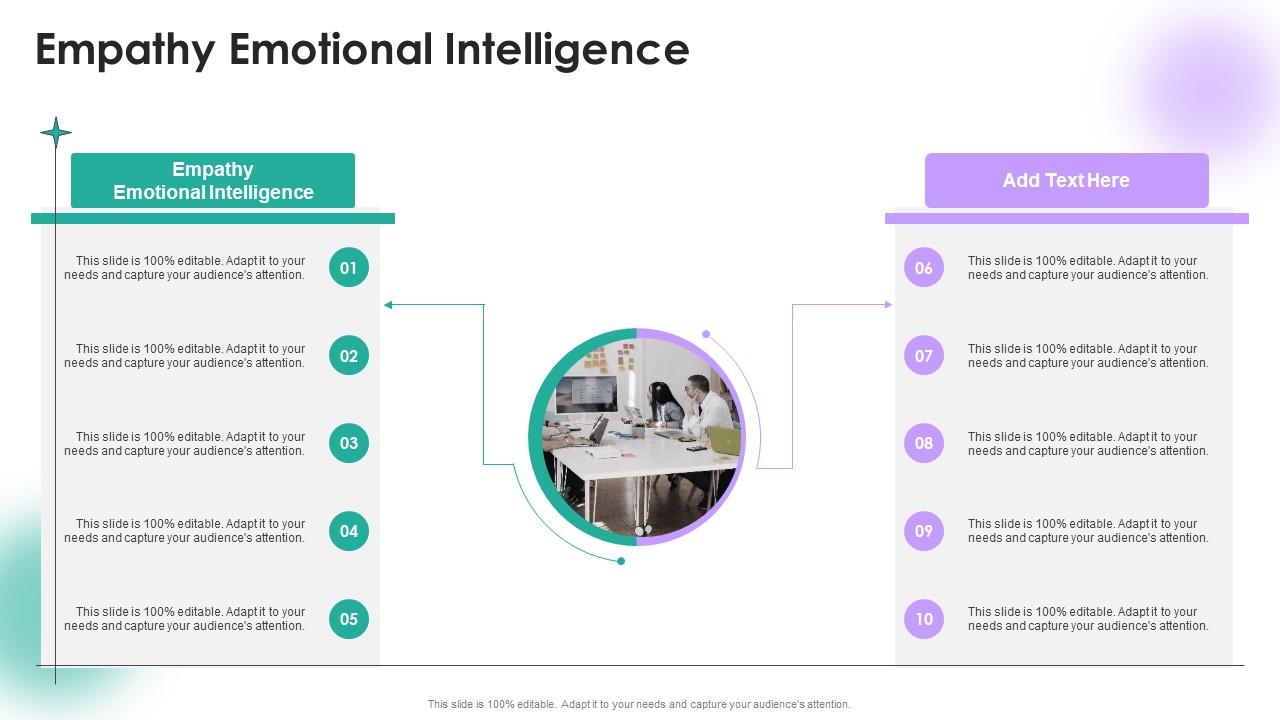Clean Energy's Fight For Survival: Challenges And Triumphs

Table of Contents
Financial Hurdles and Investment Needs
The shift to clean energy requires substantial financial commitment. High upfront costs and market volatility pose significant challenges to widespread adoption.
High Upfront Costs
Clean energy technologies, such as solar panels and wind turbines, often demand substantial initial investments. This is a major barrier to entry for many potential investors and project developers.
- Return on investment (ROI) can be slower compared to traditional fossil fuel-based energy sources. This requires long-term vision and patience from investors.
- Funding gaps necessitate government subsidies, private equity investments, and innovative financing models like green bonds and crowdfunding to bridge the gap between project costs and available capital.
- Lack of access to capital, especially for smaller renewable energy projects, hinders expansion and limits the participation of diverse stakeholders in the clean energy transition. This disproportionately affects smaller businesses and communities.
Fluctuating Energy Prices and Market Volatility
The intermittent nature of renewable sources like solar and wind power creates pricing instability in the energy market. This unpredictability makes it challenging for investors and energy providers to plan and manage their operations effectively.
- Energy storage solutions are crucial for mitigating supply intermittency, but they add significantly to the overall cost of renewable energy projects. The development of affordable and efficient energy storage is paramount.
- Government policies and regulations significantly influence energy prices and investment decisions. Stable and predictable regulatory frameworks are essential to attract long-term investments in renewable energy infrastructure.
- Hedging strategies and long-term contracts can help mitigate market volatility, but they require sophisticated financial management and may not always be sufficient to eliminate risk completely.
Technological Limitations and Innovation
While clean energy technologies are rapidly advancing, technological limitations still hinder their widespread adoption. However, continuous innovation is driving progress and overcoming these obstacles.
Energy Storage Challenges
Developing efficient and cost-effective energy storage remains a significant bottleneck for the widespread adoption of intermittent renewable energy sources.
- Battery technology advancements are crucial for enabling the reliable and consistent supply of clean energy. Research and development in this area are critical for future growth.
- Research into alternative storage solutions, such as pumped hydro and compressed air energy storage (CAES), is ongoing, offering potential solutions to address the limitations of battery technology.
- Improved grid infrastructure is needed to manage the integration of intermittent energy sources. Modernizing and upgrading electricity grids is vital for a seamless transition to a renewable energy future.
Technological Advancements and Efficiency Gains
Continuous innovation is driving down the cost and improving the efficiency of clean energy technologies, making them increasingly competitive with traditional fossil fuels.
- Advances in solar panel technology are increasing energy conversion rates, leading to higher energy output from smaller areas. Perovskite solar cells, for example, are showing great promise.
- Wind turbine design improvements are enhancing energy capture efficiency, allowing for the generation of more electricity from the same wind resource. Larger turbines and improved blade designs are key developments.
- Research and development in areas like geothermal and wave energy are showing promising results, offering diverse and sustainable sources of clean energy for the future.
Political and Regulatory Barriers
Political and regulatory landscapes play a crucial role in the success or failure of clean energy initiatives. Policy uncertainty and lobbying efforts by fossil fuel industries create substantial headwinds.
Policy Uncertainty and Shifting Regulations
Inconsistent government policies and regulatory frameworks can hinder investment and project development in the clean energy sector. Long-term stability and predictability are crucial for attracting investors.
- Stable and supportive energy policies are essential for attracting long-term investment. Clear targets for renewable energy deployment and consistent regulatory environments are critical.
- Streamlined permitting processes can accelerate project deployment, reducing delays and costs associated with obtaining necessary approvals.
- International cooperation is necessary to harmonize regulations and promote global clean energy adoption. Harmonized standards and regulations will facilitate trade and investment in clean energy technologies.
Lobbying by Fossil Fuel Interests
Powerful lobbying efforts by fossil fuel industries can impede the transition to clean energy by delaying or blocking policies that favor renewable energy sources.
- Public awareness campaigns are vital to counter misinformation and promote the benefits of clean energy. Educating the public about the environmental and economic advantages of clean energy is essential.
- Transparent and accountable governance is needed to address conflicts of interest and ensure that policy decisions are based on sound science and public interest.
- Citizen engagement and advocacy play a crucial role in influencing policy decisions. Active participation in public discussions and advocacy efforts can push for cleaner energy policies.
Triumphs and Success Stories in Clean Energy
Despite the challenges, the clean energy sector has achieved remarkable triumphs, demonstrating its potential to power a sustainable future.
Falling Costs and Increased Adoption
The cost of renewable energy technologies has dramatically decreased in recent years, making them increasingly competitive with traditional fossil fuels.
- Solar and wind power are now the cheapest sources of electricity in many regions, undercutting the cost of fossil fuel-based electricity generation.
- Global renewable energy capacity has been growing exponentially, demonstrating a significant shift towards clean energy sources.
- Increased consumer demand and corporate sustainability initiatives are driving growth, signaling a growing societal preference for clean energy.
Technological Breakthroughs and Innovations
Significant advancements in technology are paving the way for a cleaner energy future, overcoming previous limitations and opening new possibilities.
- Improvements in battery technology are extending the reach of renewable energy, enabling greater reliability and consistency of supply.
- Next-generation solar cells are achieving higher efficiencies, squeezing more energy from smaller surface areas.
- Innovative energy storage solutions are being developed and deployed, creating new opportunities to manage intermittency and balance supply and demand.
Conclusion
The fight for the survival and growth of clean energy is a multifaceted battle against financial, technological, and political barriers. However, the remarkable progress and cost reductions in renewable energy technologies, coupled with growing global awareness of climate change, paint a promising picture for the future. Overcoming the challenges requires continued investment in research and development, supportive government policies, and strong public engagement. Let's work together to ensure the continued success and expansion of clean energy, safeguarding our planet for generations to come. Embrace the future of clean energy and invest in a sustainable tomorrow. The future of clean energy depends on our collective action.

Featured Posts
-
 Revealed The Meaning Of Peppa Pigs New Baby Sisters Name
May 21, 2025
Revealed The Meaning Of Peppa Pigs New Baby Sisters Name
May 21, 2025 -
 Months Long Blockade Ends Israel Permits Food Shipments To Gaza
May 21, 2025
Months Long Blockade Ends Israel Permits Food Shipments To Gaza
May 21, 2025 -
 Abn Amro Facing Dutch Central Bank Scrutiny Over Bonus Payments
May 21, 2025
Abn Amro Facing Dutch Central Bank Scrutiny Over Bonus Payments
May 21, 2025 -
 Southern French Alps Weather Storm Brings Unexpected Late Snow
May 21, 2025
Southern French Alps Weather Storm Brings Unexpected Late Snow
May 21, 2025 -
 Love Monster A Parents Guide To Teaching Empathy And Emotional Intelligence
May 21, 2025
Love Monster A Parents Guide To Teaching Empathy And Emotional Intelligence
May 21, 2025
